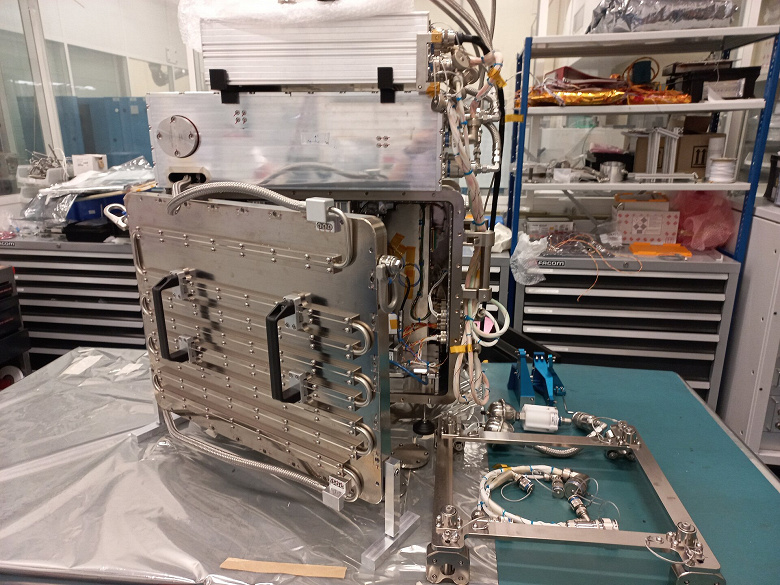Metal 3D printing will take the potential of lunar and Mars exploration to a new level of self-sufficiency
As part of the Cygnus NG-20 resupply mission, which launched on January 30, a 3D metal printer was sent to the ISS.
European Space Agency (ESA) Technical Director Rob Postema explains that this metal 3D printer is the world's first to print in space. So far, the ISS has already used polymer-based 3D printers, but they printed objects made of plastic material. The process of 3D metal printing is complicated by high temperatures and melting the metal using a laser. In addition, the safety of the crew and the station itself must be reliably ensured, and maintenance capabilities on the ISS are limited. However, if successful, such technology will allow the creation of metal objects with greater strength, significantly increasing the potential of space 3D printing.
After arriving at the ISS, ESA astronaut Andreas Mogensen will prepare and install the 3D printer, weighing approximately 180 kg, into the Mark II European retractable rack in the ESA Columbus module. Printing will be carried out from Earth, without the supervision of an astronaut.
The metal 3D printer will use stainless steel, which is widely used in medical technology and water treatment due to its good corrosion resistance. A stainless steel wire is fed into the printing area and then heated by a powerful laser, which is a million times more powerful than a conventional laser pointer. By immersing the wire in the melt bath, the end of the wire melts and metal is added to the print.
The melt pool is very small, about a millimeter across, and the surface tension of the liquid metal holds it in place in zero gravity. However, the melting point of stainless steel is about 1400 °C, so the printer operates in a sealed enclosure to prevent excess heat or smoke from entering the space station interior. Before printing begins, the printer's internal oxygen atmosphere will be replaced with nitrogen as hot stainless steel will oxidize when exposed to oxygen.
Four shapes were selected to test the performance of the Metal 3D printer. These shapes will be compared to reference prints that were created on Earth to compare print quality in space. Each of the four prints is smaller than a soda can and weighs less than 250 grams. Each print takes two to four weeks to create. However, due to the noise generated by the printer's coolers and motor, printing time is limited to four hours per day.
After each form is printed, Astronaut Andreas will remove it from the printer and package it for safe shipment to Earth. There, the plates will be analyzed to identify differences in print quality and performance between space and terrestrial environments.
One of the standards and a fingerprint with code 0xg will be sent to the European Astronaut Center in Cologne. The other two prints will be delivered to the European Space Research and Technology Centre, where specialists from the Materials and Electrical Components Laboratory await them. They will have to conduct macro and micro analysis of the printed parts. The final print will be sent to the Technical University of Denmark, where its thermal properties will be studied.
Developing a circular space economy and reusing materials in orbit — one of the goals of space exploration in the future. Using a 3D printer will make it possible to create new tools or structures from fragments of old satellites. This will save time and resources associated with sending instruments on a rocket, and will allow astronauts to print the necessary parts in orbit, which is key to the exploration of the Moon and Mars.

